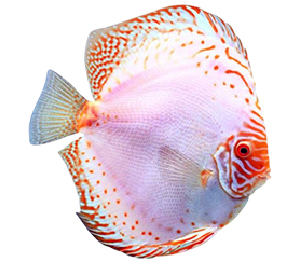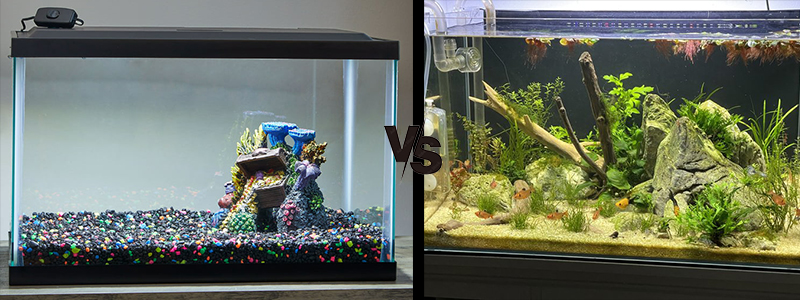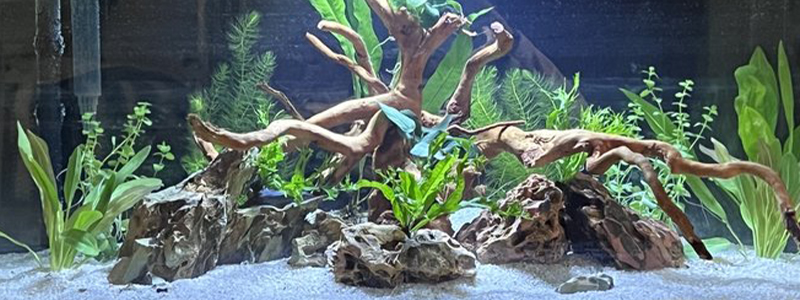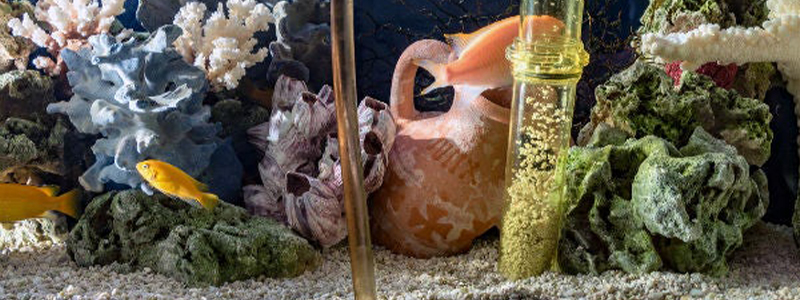 Butterfly fish are a diverse and colorful family of marine fish that can be found in tropical waters all around the world. These stunning creatures are known for their striking colors and distinctive patterns, making them a popular choice for aquarium enthusiasts due to their beauty and active personalities.
Butterfly fish are a diverse and colorful family of marine fish that can be found in tropical waters all around the world. These stunning creatures are known for their striking colors and distinctive patterns, making them a popular choice for aquarium enthusiasts due to their beauty and active personalities.
Despite their delicate appearance, butterfly fish are hardy and resilient, and play an important role in maintaining the health of the coral reef ecosystems they call home. In this article, we will explore the characteristics, behavior, and care of butterfly fish, as well as highlight some of the most popular species among aquarium hobbyists.
Disclosure: This article contains affiliate links. When you follow a link to purchase the products, I sometimes earn a commission, at no additional cost to you. Read my full disclosure here.
How To Add Butterfly Fish To Your Aquarium: Setup And Care
Adding butterfly fish to your aquarium requires careful consideration of a few key factors. Here are some steps to follow to ensure a successful introduction of butterfly fish to your aquarium:
- Consider the size of your aquarium: Butterflyfish require a minimum tank size of 75 gallons to ensure they have enough space to swim and thrive. Make sure your aquarium is large enough to accommodate the size and number of butterflyfish you plan to add.
- Check the water parameters: Butterflyfish are sensitive to changes in water chemistry and temperature, so it’s important to check the water parameters in your aquarium before adding them. They prefer water with a pH range of 8.1 to 8.4, a temperature range of 75 to 80 degrees Fahrenheit, and a salinity range of 1.020 to 1.025.
- Plan your tank setup: Butterfly fish require a well-established and mature aquarium with plenty of hiding places, rocks, and coral formations. This will help them feel secure and reduce stress. It’s also important to provide adequate water flow to simulate their natural environment.
- Choose compatible tankmates: Saltwater Butterfly fish are generally peaceful, but can be aggressive towards other fish with similar body shapes and patterns. Avoid adding other butterfly fish or angelfish to your aquarium. Instead, choose peaceful tankmates such as Clownfish, Gobies, Blennies, Tangs, Anthias, Small Wrasses, Black and white striped fish, which are considered to be peaceful fishes and can establish a safe habitat and ecosystem with butterfly fish.
- Introduce the butterfly fish slowly: When adding butterfly fish to your aquarium, it’s important to acclimate them slowly to their new environment. Float the bag containing the fish in the aquarium for 15-20 minutes to allow the temperature to adjust, then slowly add small amounts of aquarium water to the bag over a period of 30-45 minutes. Once the fish has been acclimated, release it into the aquarium and observe it closely for any signs of stress or aggression.
- Diet and Feeding: Butterfly fish are omnivores and require a varied diet of both meaty and plant-based foods. Offer them a mixture of high-quality flakes or pellets, frozen or live brine shrimp, mysis shrimp, krill, and chopped seafood. Feed them small amounts two to three times a day, as overfeeding can lead to many fish diseases.
- Observation: Observe your butterfly fish regularly for any signs of stress, aggression, or disease. Look for changes in behavior, appetite, and physical appearance. If you notice any signs of illness or stress, take action immediately.
- Tank Maintenance: Butterfly fish are sensitive to changes in water quality, so it’s important to maintain good water quality by testing and monitoring the water parameters regularly. Perform regular partial water changes of 10-20% every two weeks to remove excess waste and maintain proper water chemistry.
By following these steps, you can successfully add butterfly fish to your aquarium and provide them with a healthy and thriving environment to call home.
General Information And Stats About Butterfly Fish
Butterfly fish are a diverse group of marine fish with a wide range of sizes and colors. Here are some general statistics about butterfly fish:
- Size
Butterfly fish can range in size from as small as 2 inches (5 cm) to as large as 12 inches (30 cm), depending on the species. - Lifespan
The lifespan of butterfly fish can vary depending on the species and the conditions in which they are kept. In general, they can live anywhere from 3 to 10 years in captivity. - Diet
Butterfly fish are omnivores and require a varied diet of both meaty and plant-based foods. They eat a range of small invertebrates, such as shrimp and worms, as well as algae and other plant matter. - Habitat
Butterfly fish are found in tropical and subtropical waters around the world, primarily in coral reefs and rocky areas. They are typically found in shallow waters, but some species can be found at depths of up to 300 feet (90 meters). - Behavior
Butterfly fish are generally peaceful fish that are active swimmers and spend most of their time in the water column. They can be territorial, especially during the breeding season, and may become aggressive towards other fish with similar body shapes and patterns. - Coloration
Butterfly fish are known for their striking coloration and patterns. They come in a wide range of colors, including yellow, orange, blue, and red, and may have spots, stripes, or other patterns on their bodies.
Overall, butterfly fish are a fascinating and colorful addition to any aquarium, but it’s important to research the specific needs of the species you plan to keep to ensure their health and well-being in your tank.
Butterfly Fish Infographic




